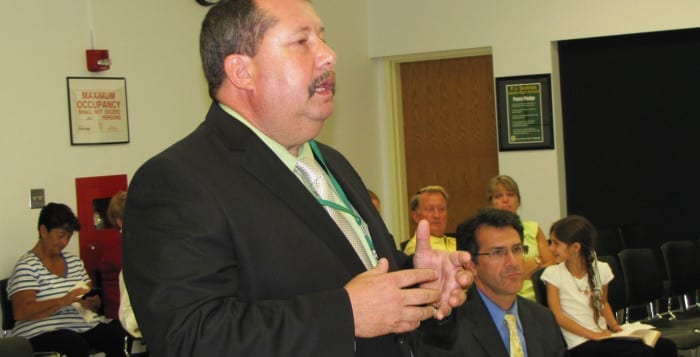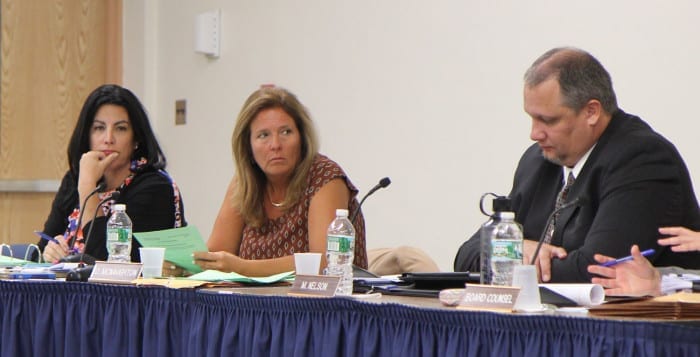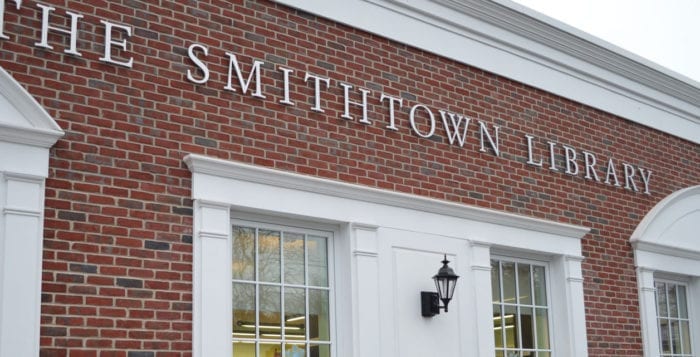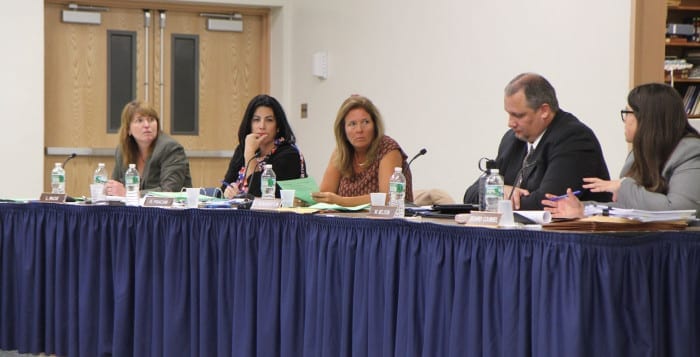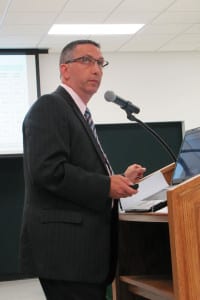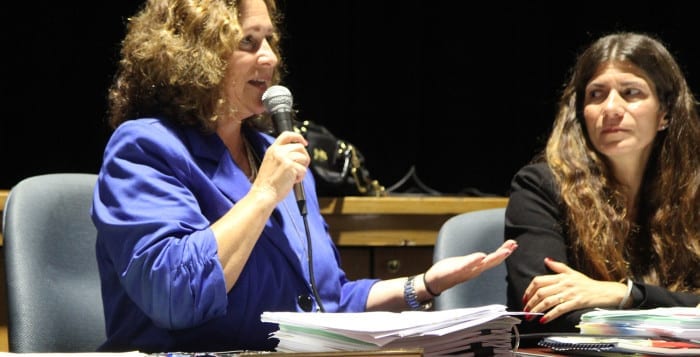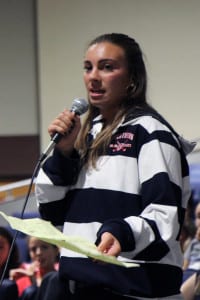It’s a perfect match.
A graduate of Stony Brook University has committed to a matching challenge grant to help raise money for the Stony Brook Foundation and Stony Brook Athletics as they work to collect $10 million to fund an indoor training center on campus.
Glenn Dubin, a 1978 grad, teamed up with his wife Eva to announce the $5 million pledge in the form of a 1:1 matching grant he said would hopefully give a boost to the fundraising campaign. Once completed, Stony Brook Athletics said it planned on breaking ground on a new state-of-the-art indoor practice facility and complex near LaValle Stadium.
“With this challenge pledge, I hope to inspire Seawolves friends, fans and family to support current and future Stony Brook student-athletes,” Glenn Dubin said in a statement. “We wanted to kick-start this campaign and rally the Stony brook community around the athletic department. Stony Brook Athletics has substantial and significant aspirations for the near future, and excellent facilities are a necessary component to realize these aspirations and achieve success.”
In a statement, Stony Brook Athletics said the new facility would include a 100-yard indoor multi-purpose synthetic turf practice field, as well as innovative lighting, film equipment, sound and video systems and a 90-foot ceiling clearance height. The building was also designed for multiple uses, with the intention of hosting all Stony Brook intercollegiate athletic teams’ practices throughout the year.
Samuel L. Stanley Jr., president of Stony Brook University, applauded the Dubins for their generosity and said their matching challenge opened the door for more donors to play their part in making the new facility a reality.
“Over the past decade, Glenn and Eva Dubin have shown incredible vision and had a tremendous impact on Stony Brook Athletics,” Stanley said. “This new challenge match gives others the opportunity to play an active role in the success of our student athletes and our athletic program.”
Stony Brook University Athletic Director Shawn Heilbron said the new building was an integral part of the college’s five-year plan through an initiative known as Together We Transform, which was launched in 2015 as an aggressive strategic plan to have Stony Brook recognized as a premier NCAA Division I athletic department.
“Our objective is to positively transform the life of each student-athlete,” he said. “And this project will benefit the more than 435 student-athletes that comprise our teams. I am extremely grateful to the Dubin family for their belief in our program and for their sincere generosity.”
The G. & E. Dubin Family Foundation previously donated $4.3 million to Stony Brook Athletics back in 2010 for the creation of an 8,000-square-foot strength and conditioning facility named the Dubin Family Athletic Performance Center, which already opened in 2012. Glenn Dubin, who played both football and lacrosse at Stony Brook University, has remained a staunch supporter of the Seawolves athletic club as a regular attendee at men’s lacrosse and football games. He also donated $1 million to Stony Brook in 2005 to create the Glenn Dubin Endowed Scholarship Fund, which offers scholarships to students from Washington Heights, particularly students from P.S. 132, where he attended elementary school.


